Common Diseases Of Banana: What Causes Black Spots On Banana Fruit
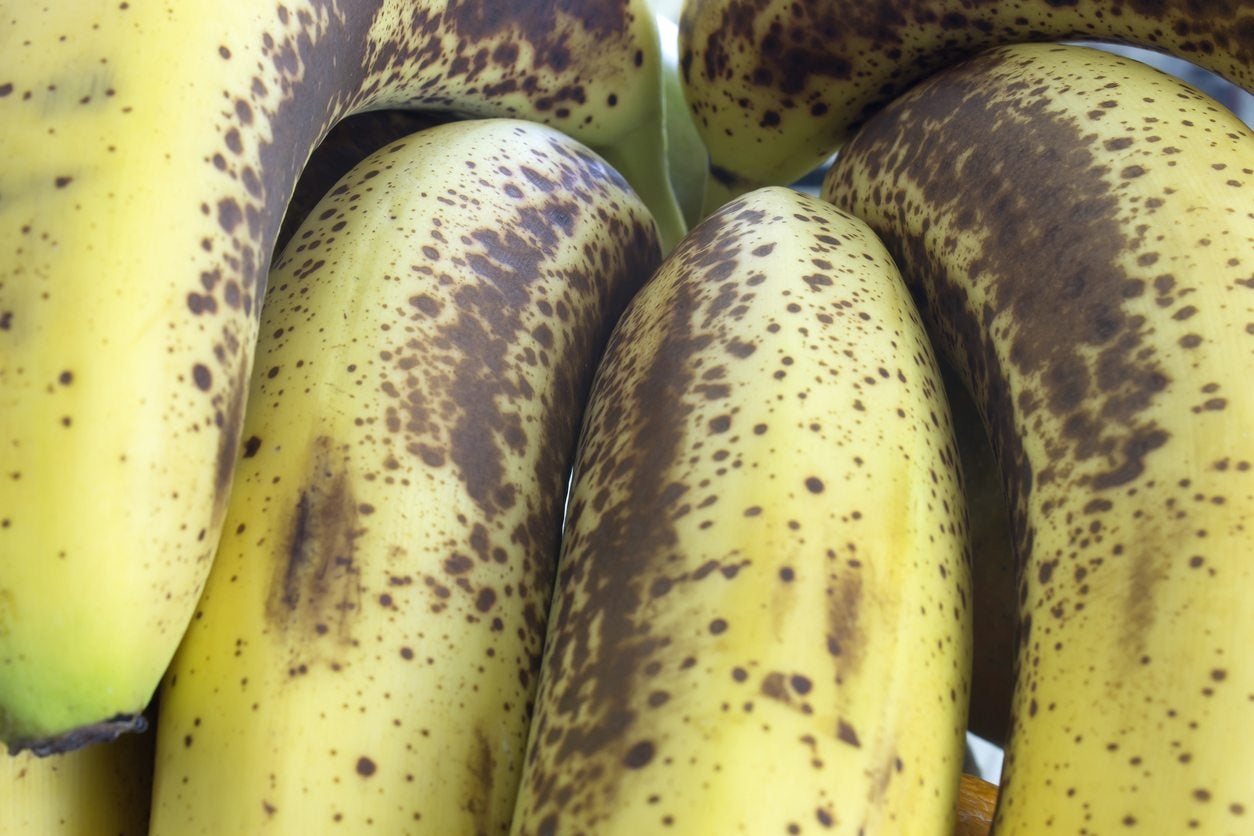
Native to tropical Asia, the banana plant (Musa paradisiaca) is the largest herbaceous perennial plant in the world and is grown for its popular fruit. These tropical members of the family Musaceae are prone to a number of diseases, many of which result in black spots on banana fruit. What causes black spot disease in bananas and are there any methods for treating black spots on banana fruit? Read on to learn more.
Normal Black Spots on a Banana
Black spot disease in bananas is not to be confused with black spots on the fruit of a banana tree. Blackish/brown spots are common on the exterior of the banana fruit. These spots are commonly referred to as bruises. These bruises mean that the fruit is ripe and that the acid within has been converted to sugar. In other words, the banana is at the peak of its sweetness. It’s just a preference for most people. Some people like their bananas with a little tang when the fruit is just turning from green to yellow and others prefer the sweetness that arises from black spots on banana fruit peels.
Black Spot Disease in Bananas
Now if you are growing your own bananas and see dark spots on the plant itself, it is likely that your banana plant has a fungal disease. Black Sigatoka is one such fungal disease (Mycosphaerella fijiensis) that thrives in tropical climates. This is a leaf spot disease that does indeed result in dark spots on the foliage. These dark spots eventually enlarge and encompass an entire affected leaf. The leaf turns brown or yellow. This leaf spot disease reduces the production of fruit. Remove any infected leaves and prune the plant’s foliage to allow for better air circulation and apply fungicide regularly. Anthracnose causes brown spots on the fruit’s peel, presenting as large brownish/black areas and black lesions on green fruit. As a fungus (Colletotrichum musae), Anthracnose is promoted by wet conditions and is spread via rainfall. For commercial plantations afflicted with this fungal disease, wash and dip fruit in fungicide prior to shipping.
Other Diseases of Bananas Causing Black Spots
Panama disease is another fungal disease caused by Fusarium oxysporum, a fungal pathogen that enters the banana tree through the xylem. It then spreads throughout the vascular system affecting the entire plant. The spreading spores cling to vessel walls, blocking water flow, which in turn causes the plant’s leaves to wilt and die. This disease is serious and can kill an entire plant. Its fungal pathogens can survive in the soil for close to 20 years and are extremely difficult to control. Panama disease is so serious that it almost wiped out the commercial banana industry. At the time, 50-plus years ago, the most common banana cultivated was called Gros Michel, but Fusarium wilt, or Panama disease, changed all that. The disease began in Central America and rapidly spread to most of the world’s commercial plantations which had to be burned down. Today, a different variety, the Cavendish, is again threatened with destruction due to the resurgence of a similar fusarium called Tropical Race 4. Treating black spot of banana can be difficult. Often, once a banana plant has a disease, it can be very difficult to halt its progression. Keeping the plant pruned so it has excellent air circulation, being vigilant about pests, such as aphids, and the routine application of fungicides should all be instituted to combat diseases of banana causing black spots.
Gardening tips, videos, info and more delivered right to your inbox!
Sign up for the Gardening Know How newsletter today and receive a free copy of our e-book "How to Grow Delicious Tomatoes".

Amy Grant has been gardening for 30 years and writing for 15. A professional chef and caterer, Amy's area of expertise is culinary gardening.
-
 4 Superfast Composting Methods: Turn Waste Into Garden Gold In 30 Days Or Less
4 Superfast Composting Methods: Turn Waste Into Garden Gold In 30 Days Or LessTry the fastest composting methods to turbocharge your pile and transform kitchen scraps and garden waste into finished compost in just a few weeks.
By Mary Ellen Ellis
-
 Best Spider Plant Soil – Complete Soil Guide And Expert Tips For Keeping Plants Happy
Best Spider Plant Soil – Complete Soil Guide And Expert Tips For Keeping Plants HappySpider plants are fun and easy plants to grow, but what is the best soil for a spider plant? Selecting the right soil is important so they can thrive.
By Bonnie L. Grant
-
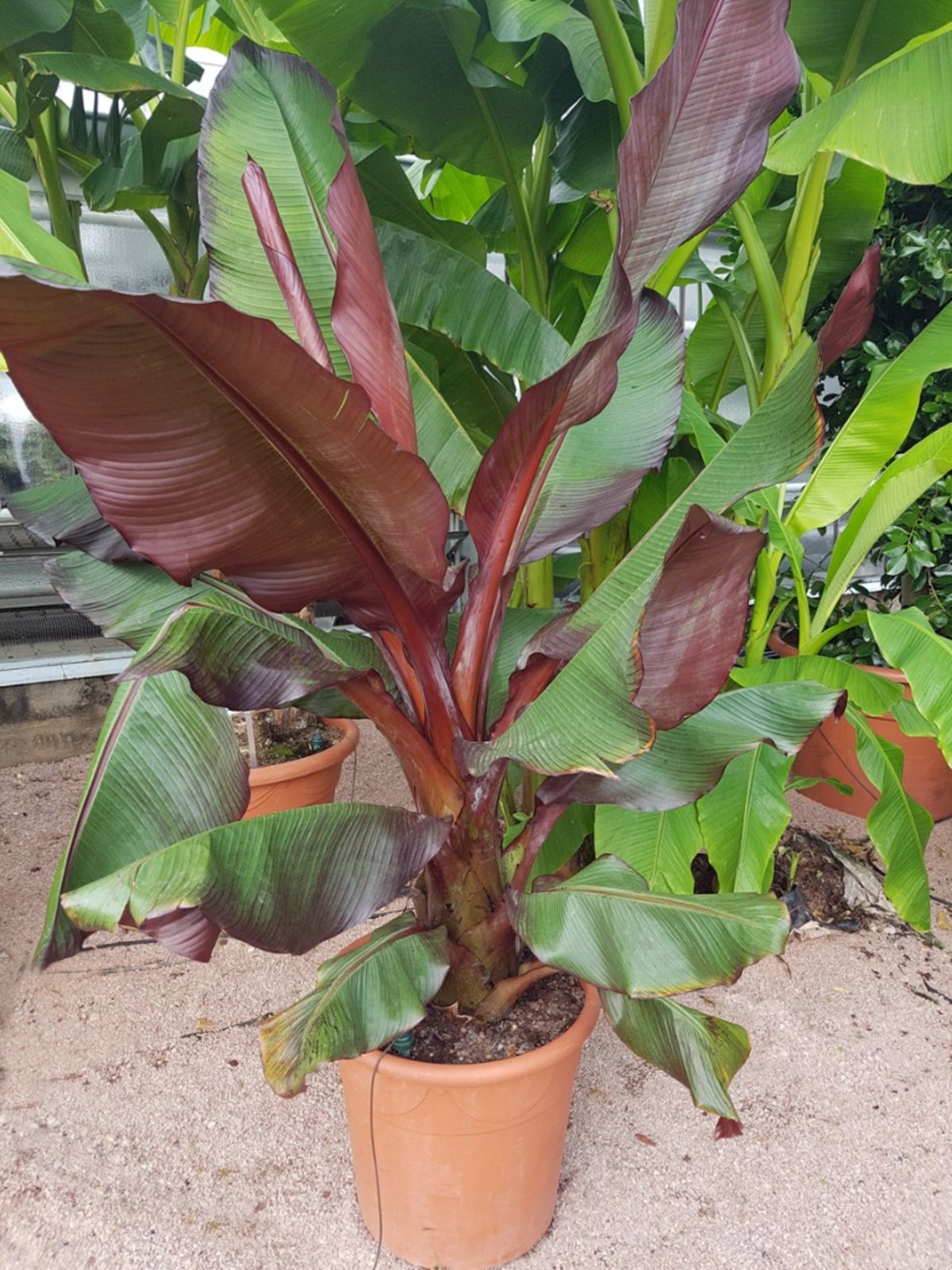 Japanese Banana Plant – Caring For A Musa Basjoo Hardy Banana Variety
Japanese Banana Plant – Caring For A Musa Basjoo Hardy Banana VarietyThe Japanese banana plant lends that tropical island flair to gardens as far north as zone 5. If that sounds too good to be true, read on!
By Laura Miller
-
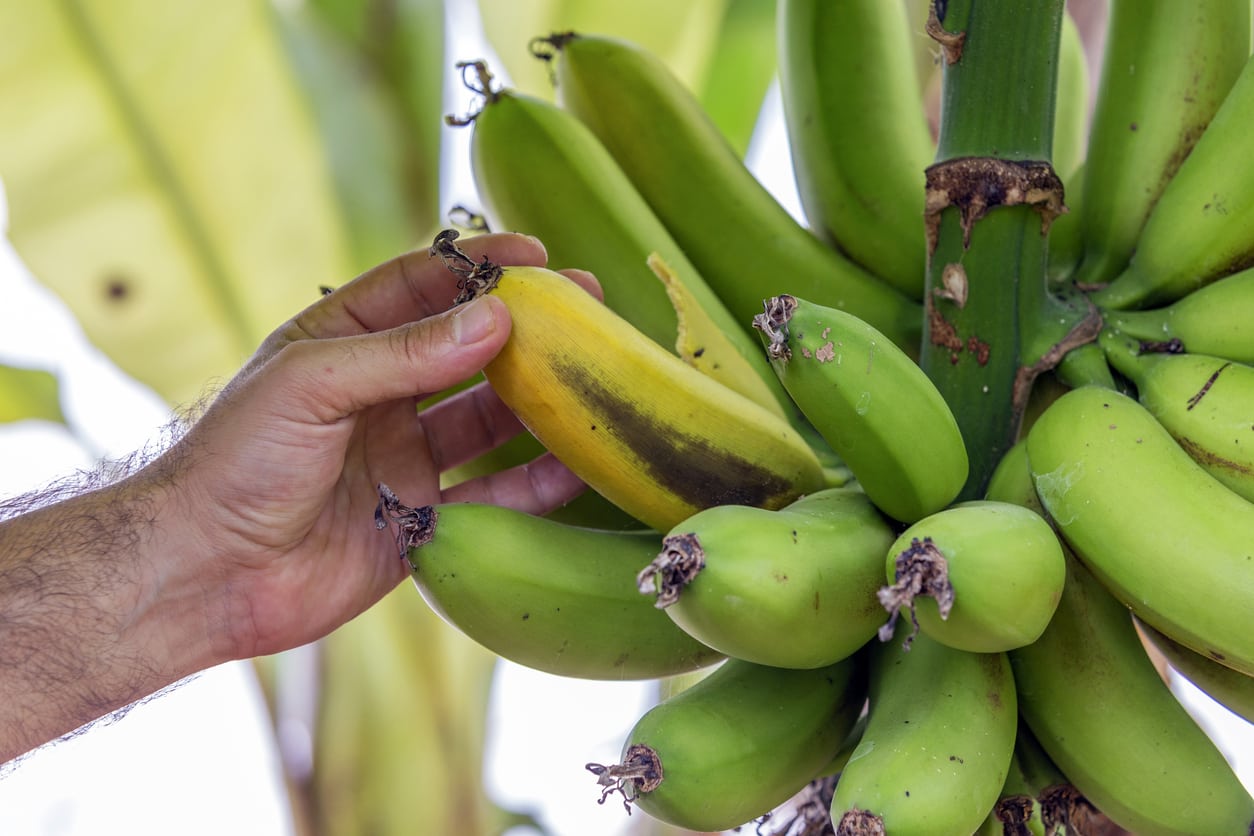 Banana Tree Fruit Issues: Why Do Banana Trees Die After Fruiting
Banana Tree Fruit Issues: Why Do Banana Trees Die After FruitingBanana trees not only are beautiful tropical specimens, but most of them bear edible banana tree fruit. If you have ever seen or grown banana plants then you may have noticed banana trees dying after bearing fruit. Click this article to learn more.
By Amy Grant
-
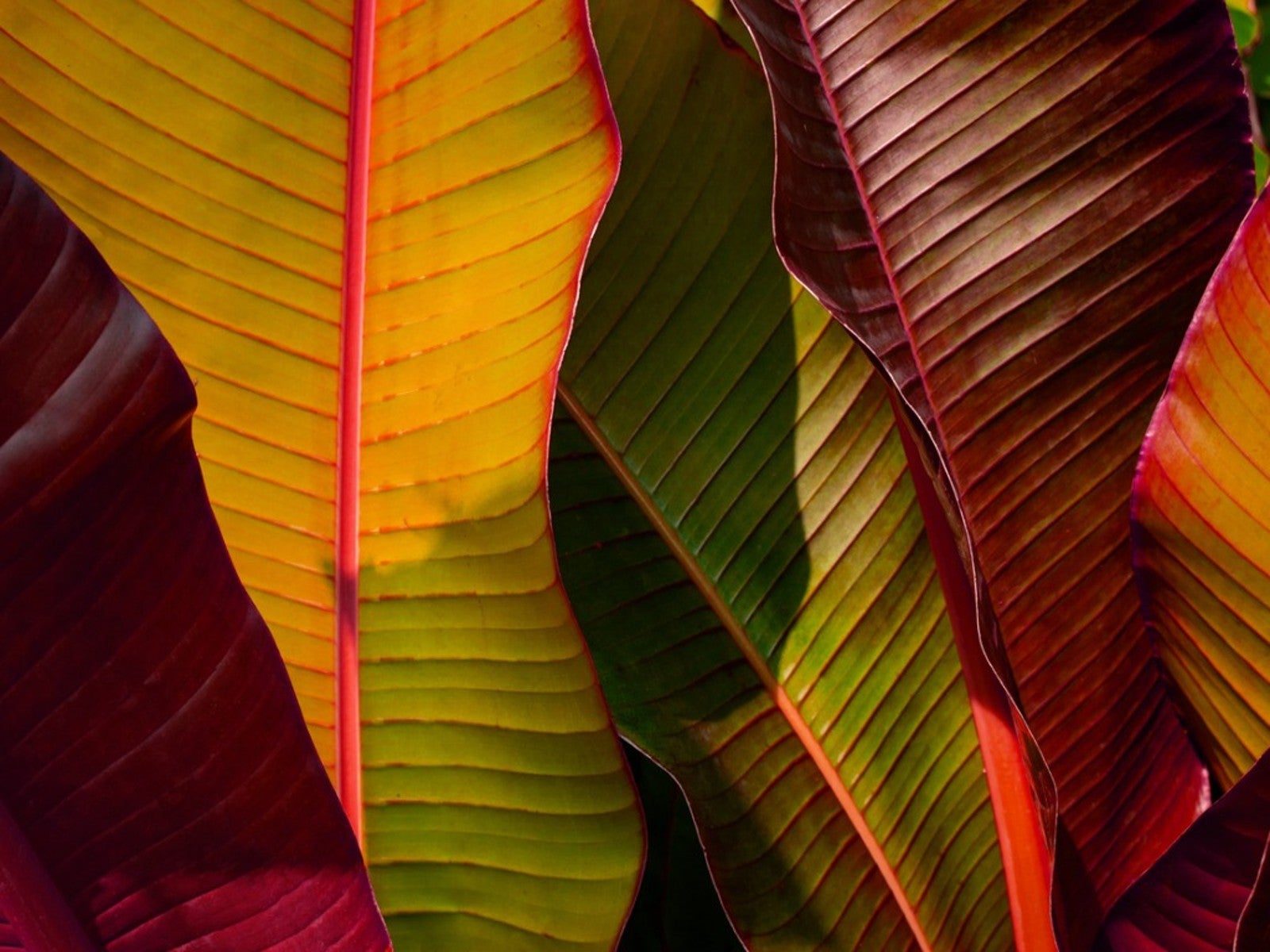 Growing Ornamental Bananas – How To Grow A Red Banana Plant
Growing Ornamental Bananas – How To Grow A Red Banana PlantThere are many types of banana which produce copious amounts of fruit. But did you know there are also various types of the ornamental red banana plant too, specifically grown for their attractive red foliage color? Learn more about them here.
By Ilana Goldowitz Jimenez
-
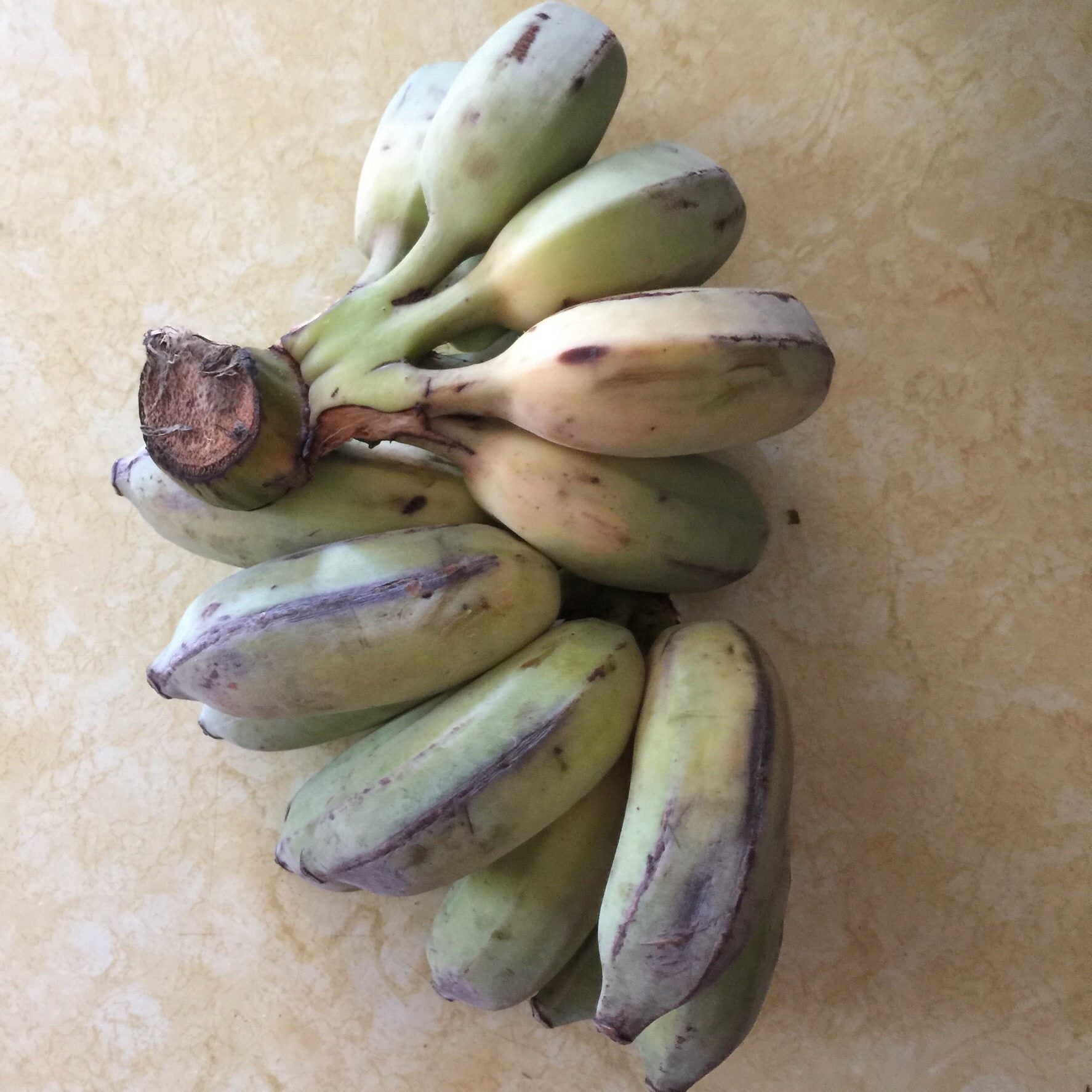 Thai Banana Fruit – How To Grow Thai Banana Trees
Thai Banana Fruit – How To Grow Thai Banana TreesIn Thailand, bananas are everywhere and synonymous with the tropical region they thrive in. If you're yearning to introduce a more tropical look to your landscape, try growing Thai bananas. What are Thai bananas? Click here to find out about Thai banana care.
By Amy Grant
-
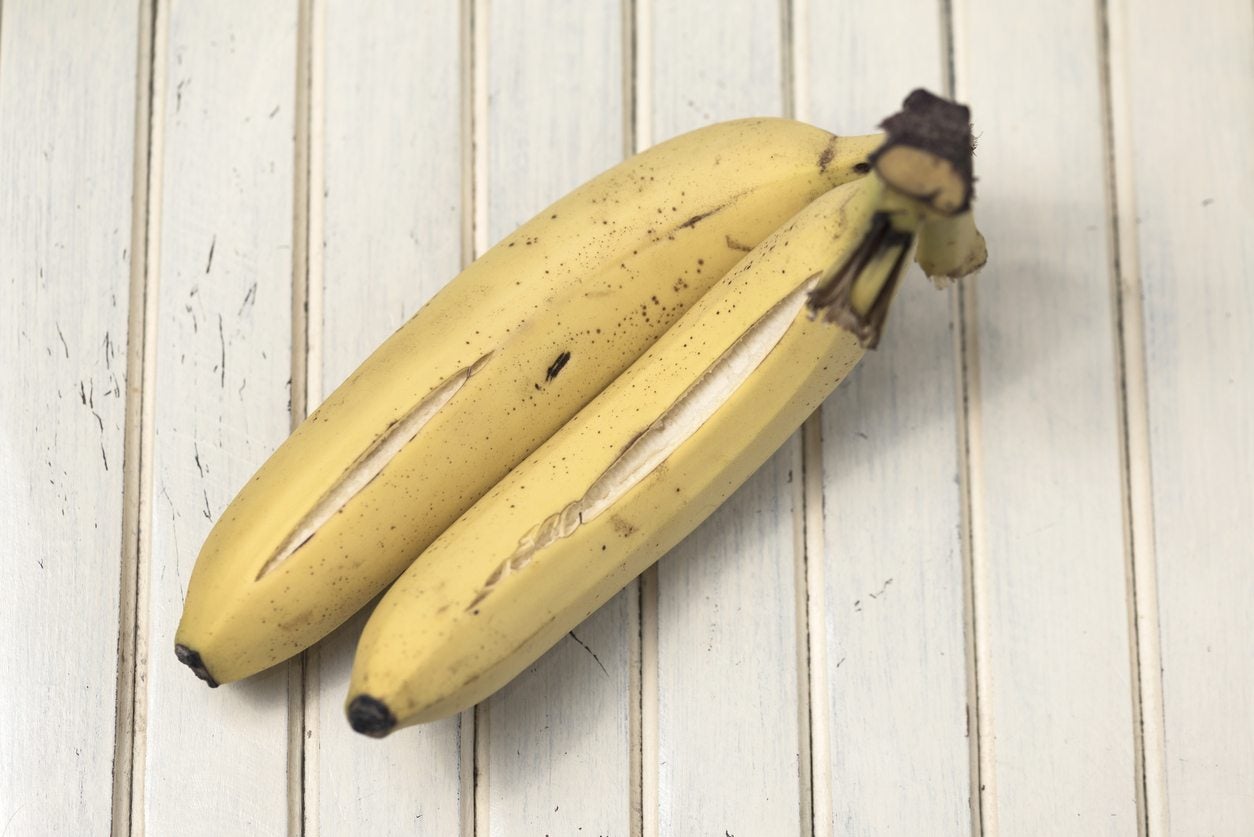 Banana Tree Problems: What Causes Bananas With Cracked Skin
Banana Tree Problems: What Causes Bananas With Cracked SkinIt takes some work to grow bananas and, even so, they are susceptible to their share of diseases and other banana tree problems. One such issue is bananas with cracked skin. Why do bananas split on the bunch? Find out about banana fruit cracking here.
By Amy Grant
-
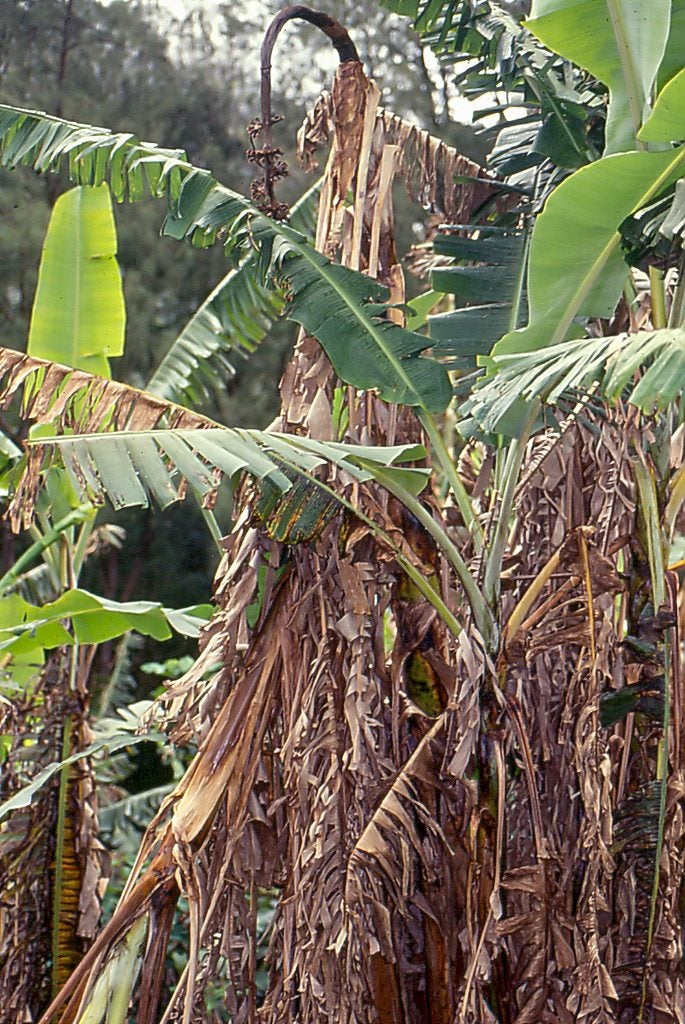 Fusarium Wilt Of Banana: Managing Of Fusarium Wilt In Bananas
Fusarium Wilt Of Banana: Managing Of Fusarium Wilt In BananasAlso known as Panama disease, fusarium wilt of banana is difficult to control and severe infections are often deadly. Click on this article to learn more about banana fusarium wilt disease, including management and control.
By Mary H. Dyer
-
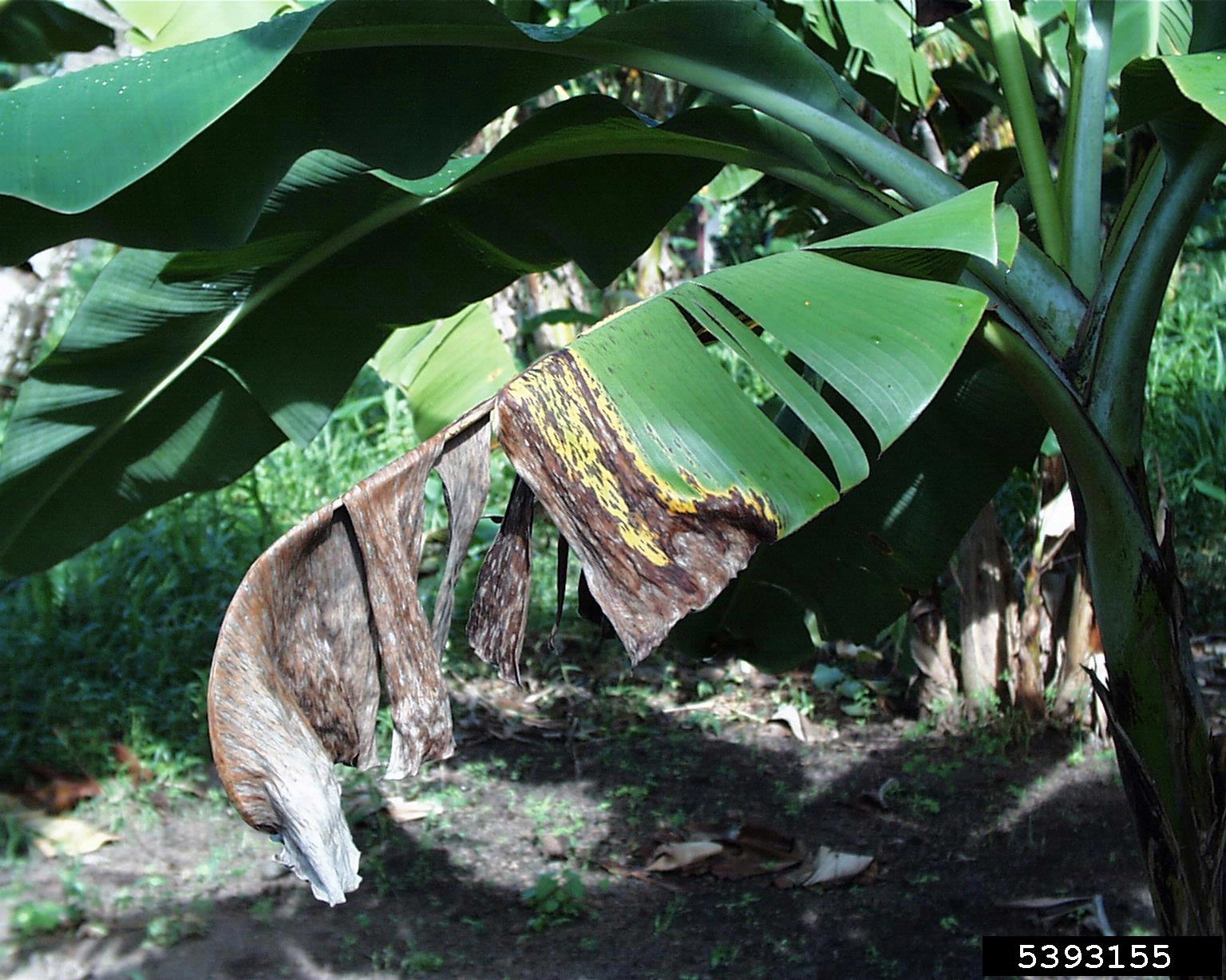 Banana Plant Diseases And Pests: Troubleshooting Problems Affecting Bananas
Banana Plant Diseases And Pests: Troubleshooting Problems Affecting BananasBanana plant problems can derail a successful plantation, and any of the problems affecting bananas may afflict the home gardener as well, so it's important to learn to identify banana pests and diseases to nip them in the bud. Click here to learn more.
By Amy Grant
-
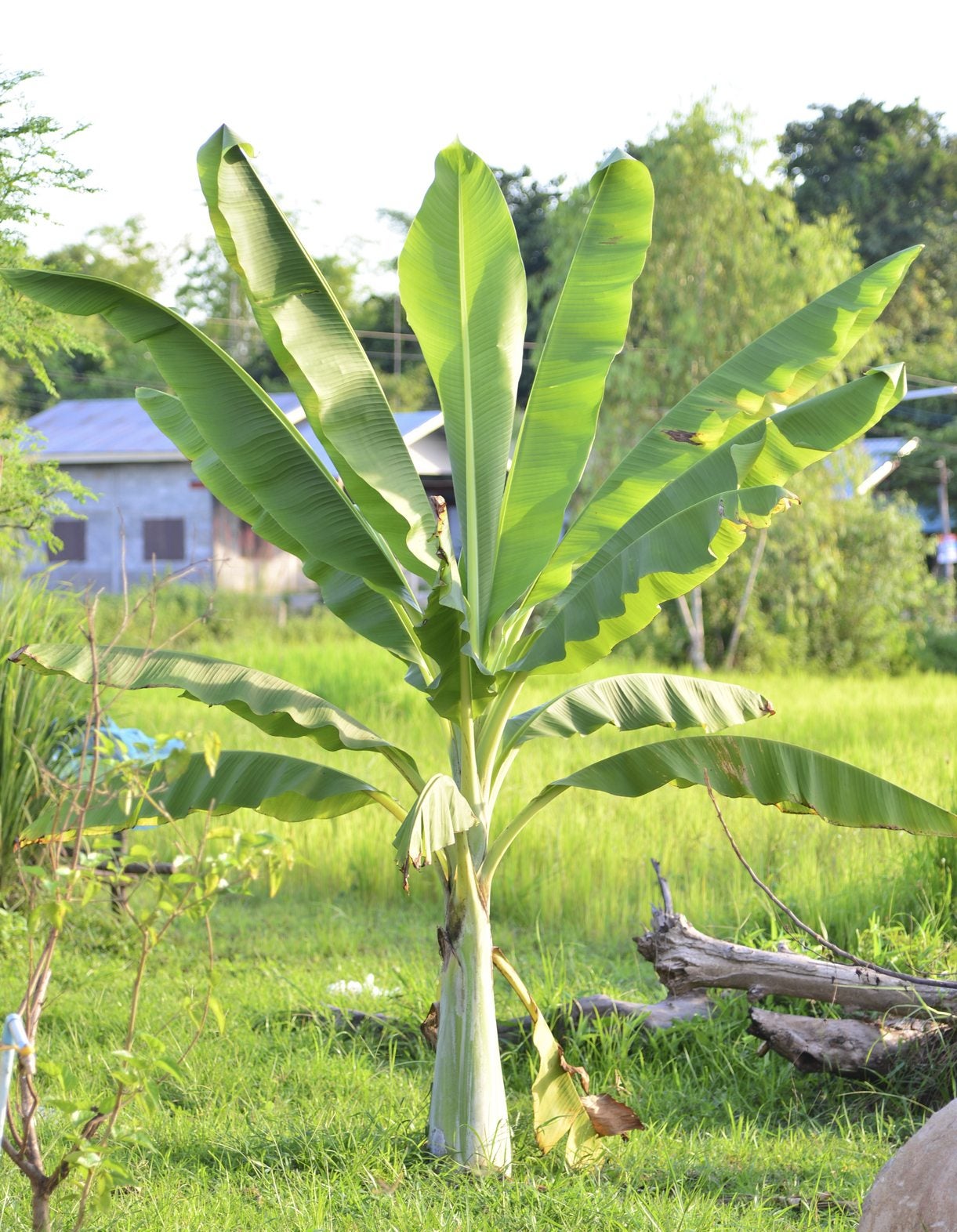 What To Feed Banana Plants – How To Fertilize A Banana Tree Plant
What To Feed Banana Plants – How To Fertilize A Banana Tree PlantBananas are heavy feeders in order to produce sweet fruit, so feeding banana plants is of primary importance, but the question is what to feed banana plants? What are banana fertilizer requirements and how do you fertilize a banana tree plant? Learn more here.
By Amy Grant